Improving Your Account Security
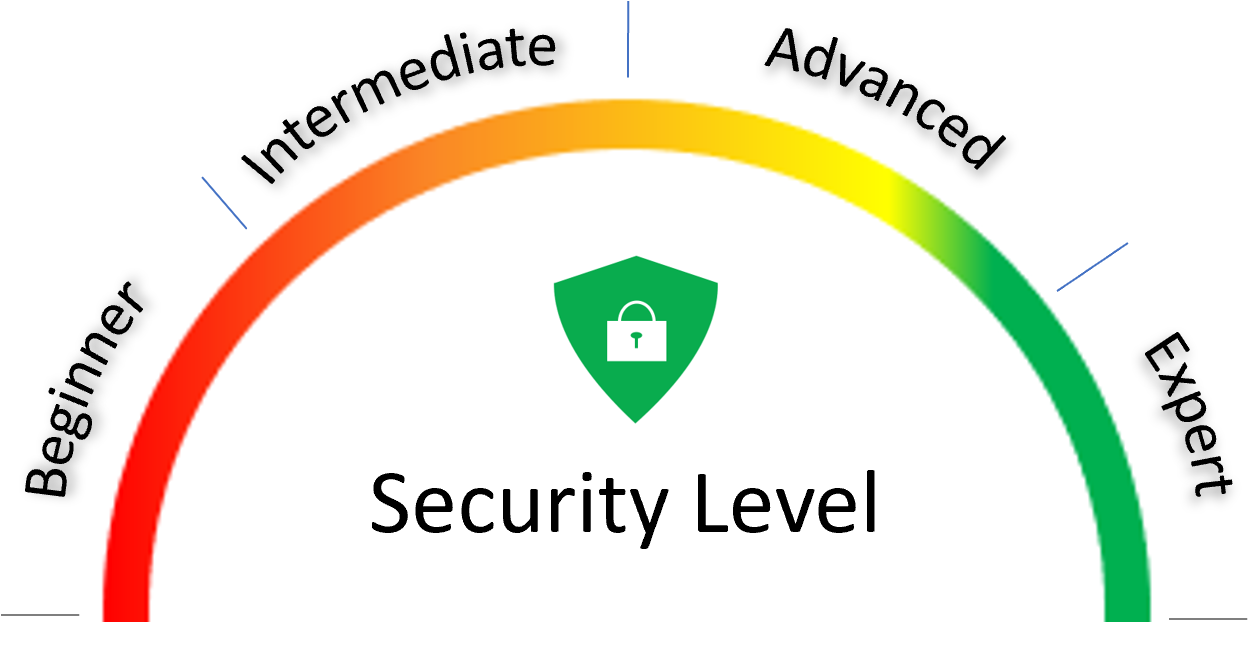
Having advanced protection keeps your finances safe and secure. Increase your level of protection and move your security meter higher by learning measures to keep your account secure!
1 Strengthen Your Password
How to create a strong password
Having a strong password and changing it frequently is a powerful defense against hackers and helps keep your accounts and information safe.
- Longer is better: Your Password should be at least 8 characters long; 10 or more is better (we accept up to 20).

- Be unique: Avoid common Passwords like 12345678 or qwerty123, which are easy for hackers to guess.
- Complexity counts: Use a mix of upper- and lower-case letters, numbers and special characters in your Password, and don’t repeat the same letter or number more than three times in a row.
Which of the following passwords is most secure?
2 Enhance your mobile app login
Enabling biometrics like Touch ID or Face ID upgrades your overall internet safety.
- As mobile devices become more sophisticated, the use of biometrics for identity verification becomes more widespread.
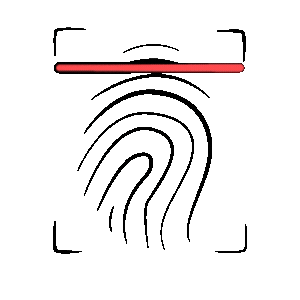
- Biometrics means biological measurement. When it comes to digital security, it typically refers to the use of a unique physical attribute, such as a fingerprint, to verify your identity.
- Biometric security can also include facial identification, voice recognition and even behavioral identification (known as heuristics or behavioral biometrics).
- The good news for the safety of your information: Biometrics are far more difficult to duplicate than written passwords. As a result, enabling biometrics such as Touch ID or Face ID can help keep your account information safe from hackers and identity thieves.
3 Enhance your desktop browser login
Enabling an extra level of security when using your browser to log in to Online Banking increases protection of your personal and financial information.
- You need to save your User ID.
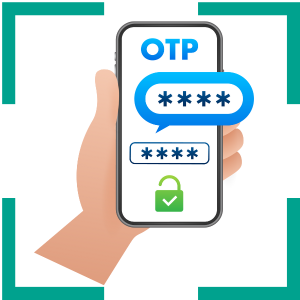
- You’ll be asked to verify your identity using our Mobile Banking app when you log in using your computer or desktop browser.
- This means only someone who has access to both your password AND your phone can gain access to your banking account.
4 Use multi-factor authentication
Requiring an additional piece of information for verification helps protect you in the event your User ID and/or Password are compromised.
- The additional information is typically a one-time time-sensitive six-digit code sent to you via text message or email.
- This extra layer of authentication helps protect you in the event your User ID and/or Password are compromised.
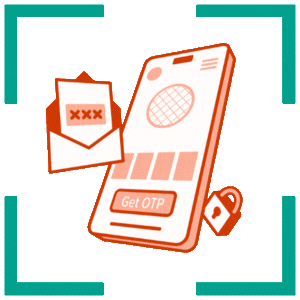
5 Review your contact information

If you change your mobile number or email address, be sure to update your account profile so you can receive notifications in the event we notice unusual account activity.
6 Go paperless

You’re helping prevent identify theft resulting from lost or stolen mail. You’ll get an email when a statement or document is available to view online.
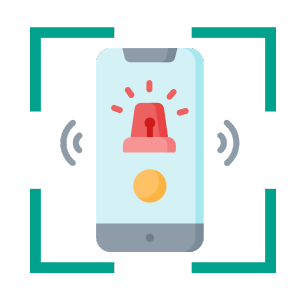
7 Set up alerts and notifications
- We monitor your account activity and automatically notify you when we see something suspicious.
- Edit your alert settings anytime so you know what’s going on with your account and can take action when needed.
8 Set up online payments
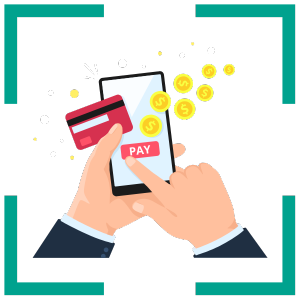
Online payments are safe and secure—and there’s no risk of checks being lost or stolen and used for ID theft purposes.
9 Review the red flags that signal a scam
Scammers frequently change their story but their tactics remain similar. Being aware of these red flags should make you pause:
- You’re contacted out of the blue
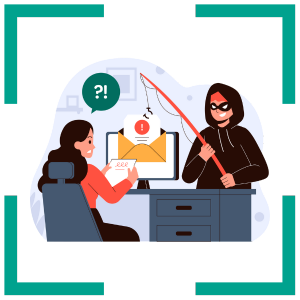
- You’re pressured to act immediately.
- You’re asked to pay in a less common way i.e. gift card or wire transfer.
- You’re asked to provide personal or account information.
- It seems too good to be true – and it probably is.
You just got a text from your boss – he’s in a client meeting with a new prospect, and wants to ‘sweeten the deal’ with a gift card. He asks you to buy it and send him the codes so he can gift it to the client – you will be reimbursed later. What do you do?
10 Regularly visit the Security Center
The Security Center in Mobile and Online Banking is your source for security features and tools.
- Check your security level and watch your level rise as you take action to help protect against Fraud.
- Stay informed and know the red flags to help avoid being scammed.
- Learn how you can help protect yourself against Identity Theft and know what to do if you become a victim.
Now you’re In the Know!
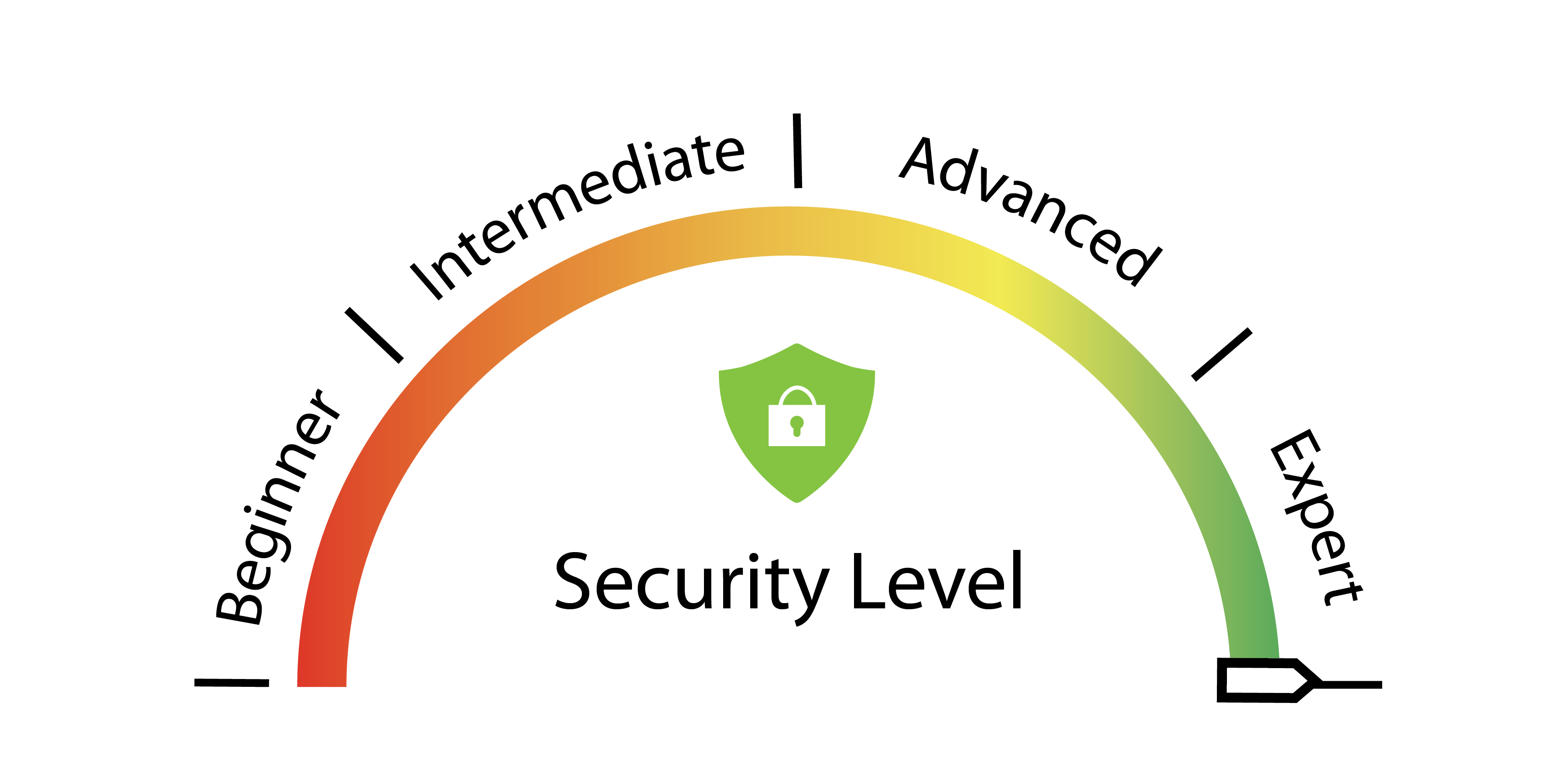
Take the short pop-quiz below to continue the game!